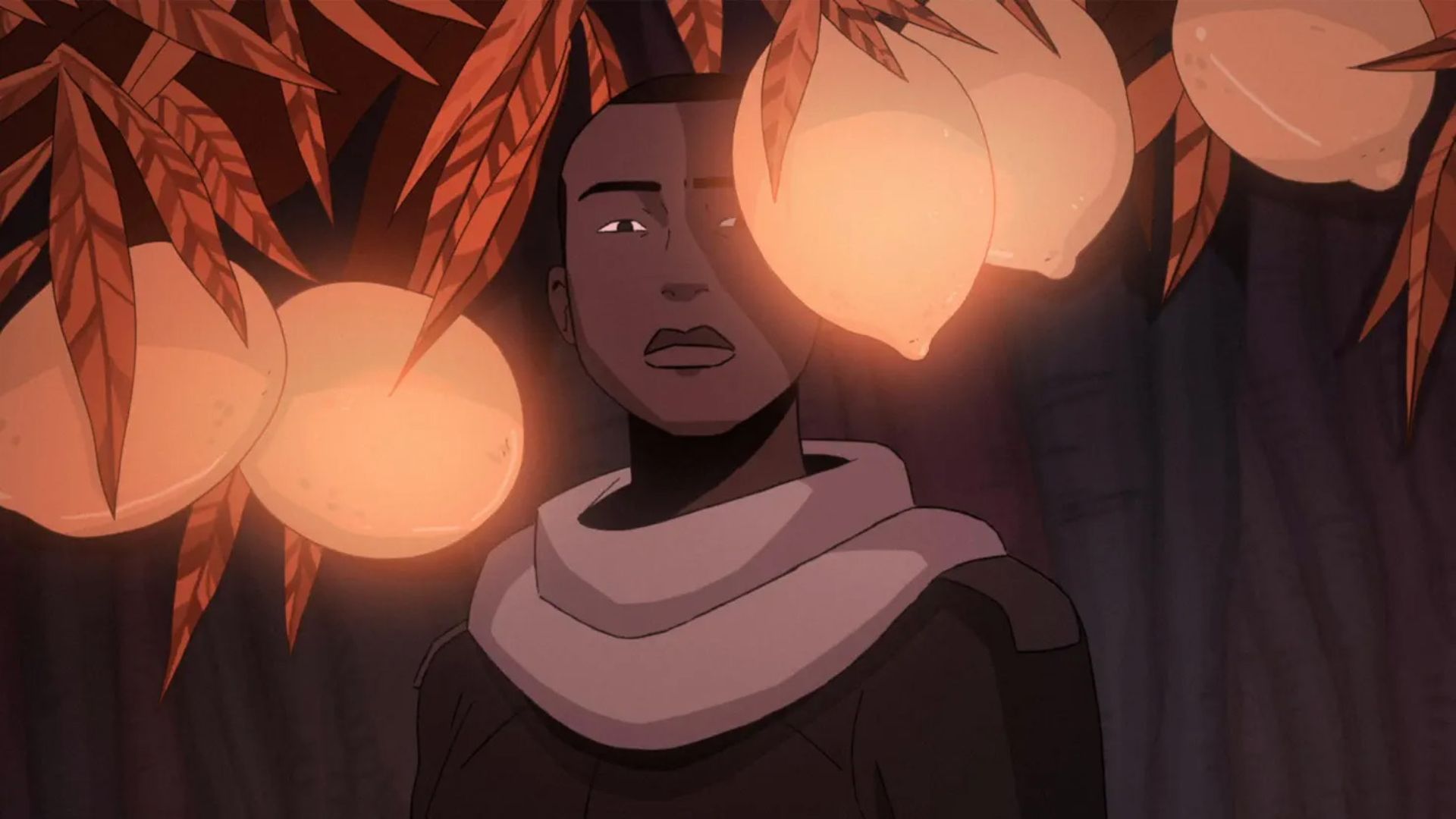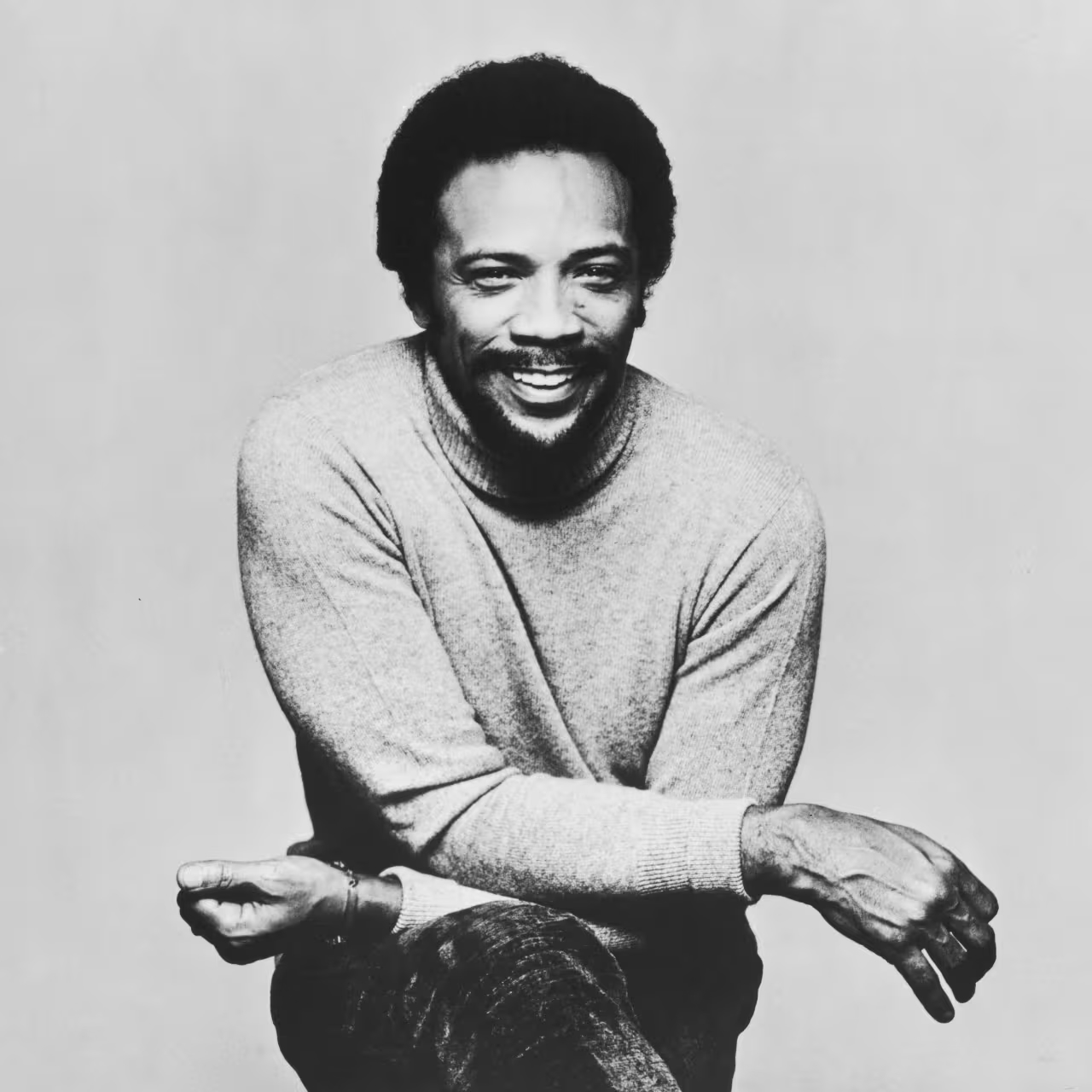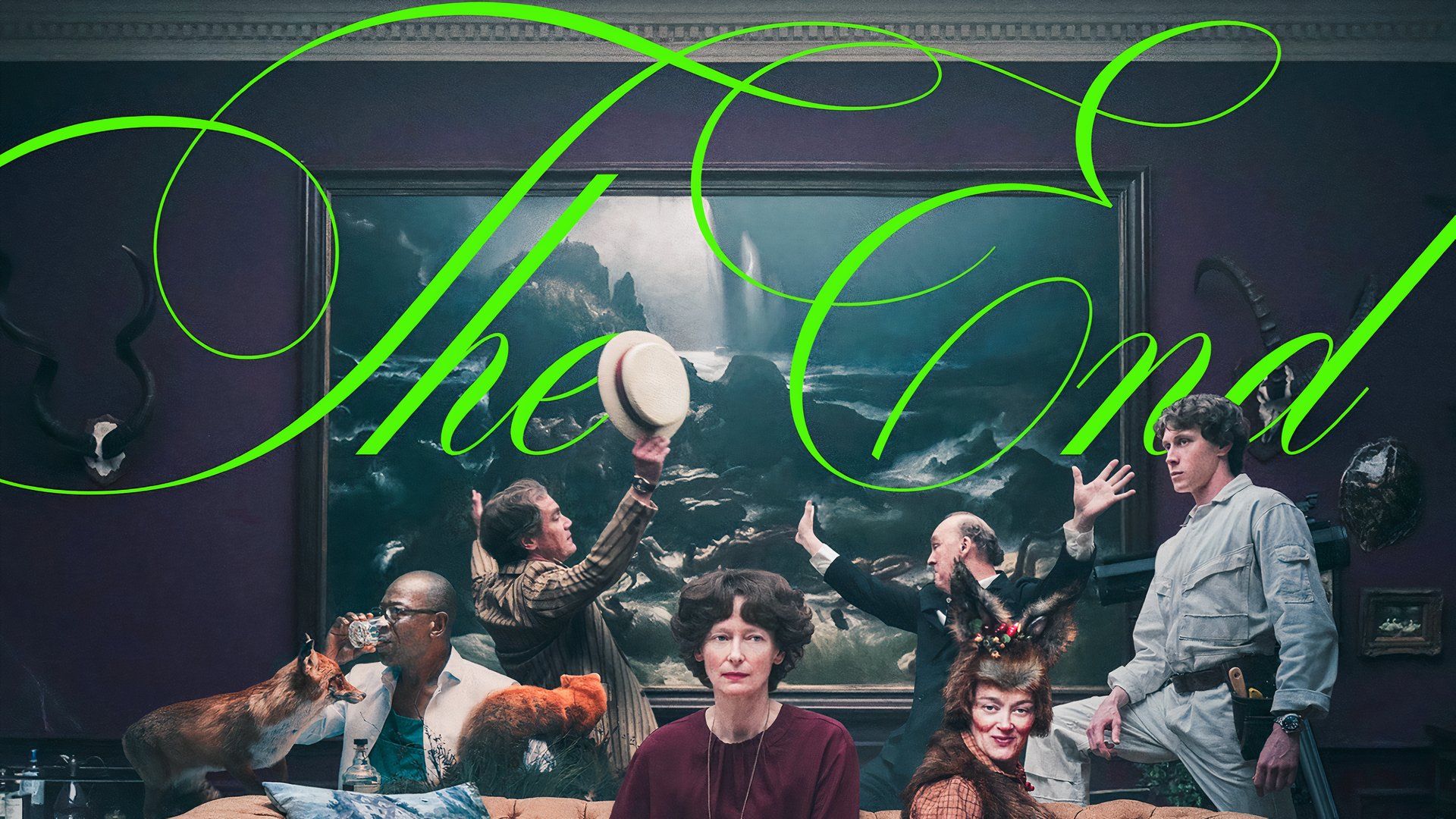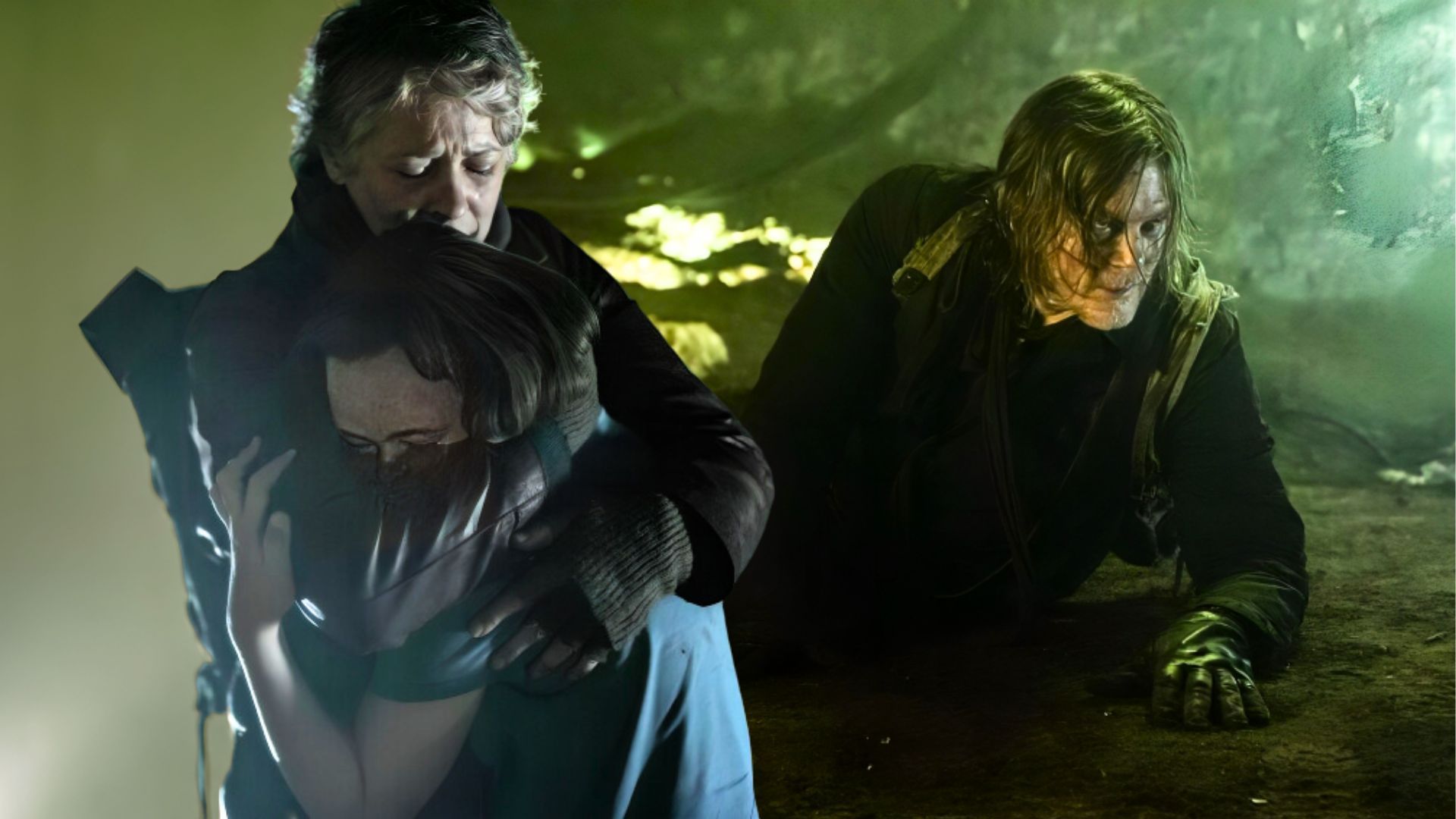The “story” made international news back when it broke. To re-cap: Misha, an immigrant to a small town in Massachusetts, said that after her parents were arrested by the Nazis, she was taken in by a Catholic family and given a new name to hide her Jewish identity. This was the story of so many “hidden children” of the era. What was different was Misha’s decision to go find her parents on foot, and what was really different were all those wolves. Misha wrote a book, Surviving with Wolves, published in 1997 by a small local publisher. Initial sales were slow, but when Oprah Winfrey showed interest in including the book in her Book Club, things picked up steam. Europe embraced Defonseca. The book was translated into multiple languages, and in 2007, French director Véra Belmont adapted it into a film. Misha was a constant presence at press junkets, film festivals, talk shows, and conferences. That’s about as far as one can go before getting into spoiler territory.
“Misha and the Wolves” initially draws the audience into the intersecting webs of narrative, each character announced with a Wes-Anderson-esque title card: “The Neighbor.” “The Wolf Expert.” “The Genealogist.” While you may not know who to believe at first, “Misha and the Wolves” encourages credulity during the first half-hour or so, including re-enactments (a little girl struggling alone through a snowy wilderness), obligatory news footage of concentration camps and warfare, as well as interviews with Misha herself, whose impassioned delivery is compelling. Eventually, the documentary turns into a more traditional investigative narrative, as genealogists and wolf experts and Holocaust historians put different pieces together in an attempt to determine what was and was not true about Misha’s tale. Nobody wants to call Misha’s story into question, nobody wants to doubt the “lived experience” of a Holocaust survivor, especially not when her story has struck such a powerful chord. The Massachusetts radio host who first interviewed Misha said, “Far be it from me to question her.”
All of this is fascinating territory, but Hobkinson is more interested in playing around stylistically, sowing confusion, putting a blindfold over the audience’s eyes, with one particularly irritating “Gotcha!” not revealed until almost the end. This type of thing can be a useful tool, particularly in stories involving hoaxes. It’s illuminating to show the duping process, to show people ignoring red flags. This is how Internet hoaxes flourish (see: the Kaycee Nicole hoax. People were swept away, not just by Kaycee Nicole’s plight, but their own capacity for emotional response, so much so they left their critical thinking at the door). Some of the interview subjects in “Misha and the Wolves” allude to this phenomenon, and it’s frustrating Hobkinson doesn’t dig into it further.
You can view the original article HERE.






























